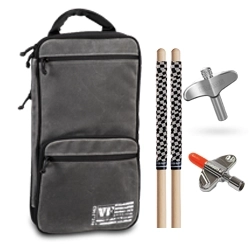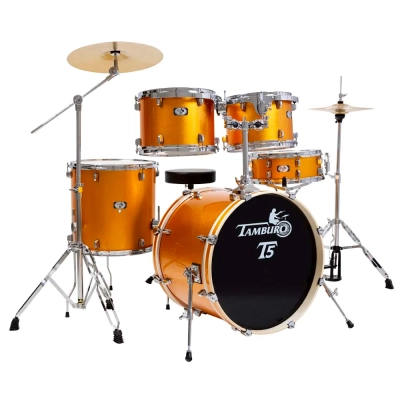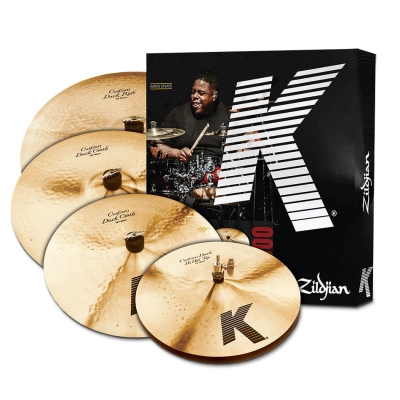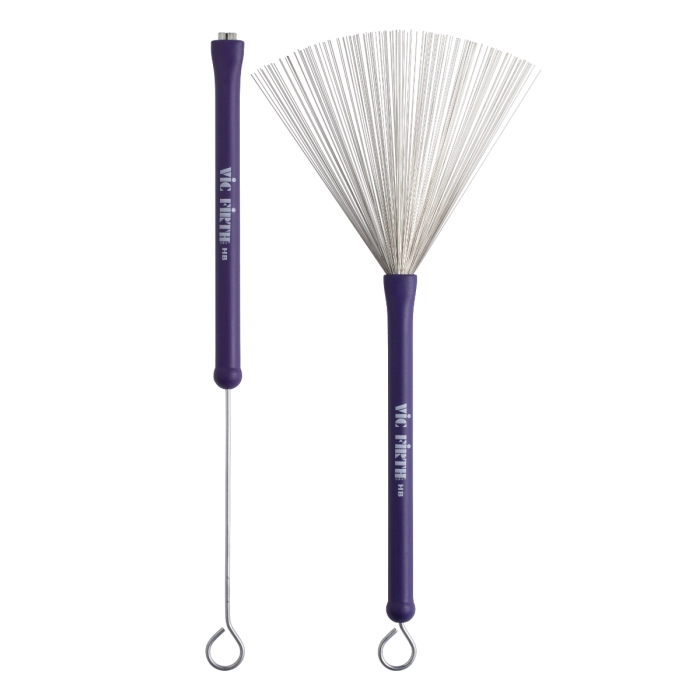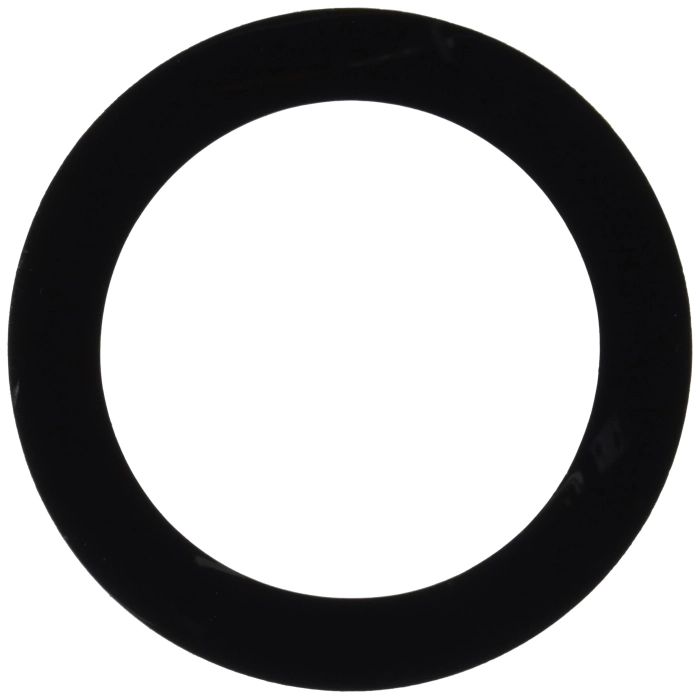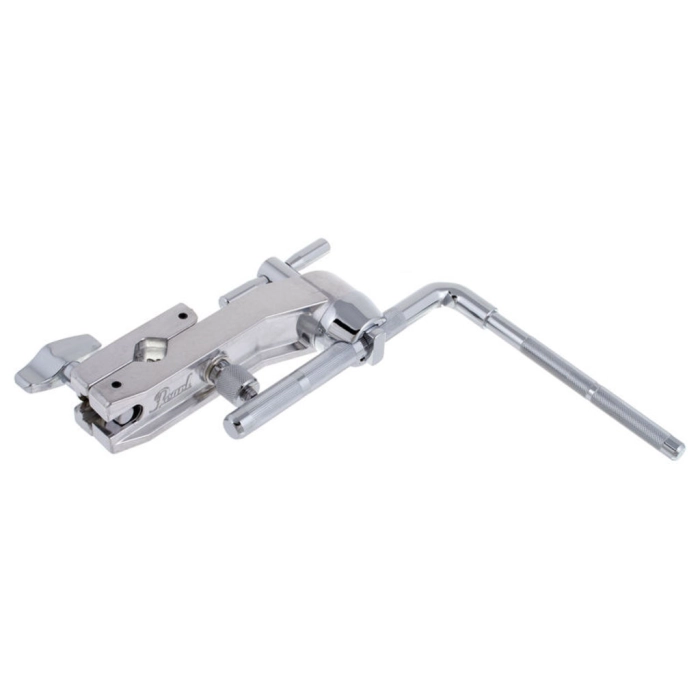

- Ukuleles and guitaleles
-
Guitars and Basses
-
Ukuleles and guitaleles
- Acoustic Guitars
- Classical Guitar
- Electric Guitars
- Bass Guitars
- Kelioninės Gitaros
- Fender Custom Shop
- Acoustic Amplifiers
-
Electric Guitar Amplifiers
-
Bass Guitar Amplifiers
- Stiprintuvai su akumuliatoriumi/baterijomis
-
Amplifier Parts and Accessories
-
Guitar & Bass Effects
-
Guitar Strings
-
Plectrum
-
Guitar Cable
-
Guitar Accessories
-
Guitar Parts & Tools
-
Bags and Cases
-
Ukuleles and guitaleles
- Drums and percusions
- String & Traditionals
- Wind Instruments
-
Studio
- Studio Bundles
-
Studio Monitors
-
Audio Interface
-
MIDI Devices
- Preamplifiers
-
Recording
-
Studio Equipment Accessories
-
Signal processors and effects
-
Acoustic Elements
- Misc. Studio Gear
- Software
- Drum Machines
- Sound Modules
- Synthesizers
- Studio Headphones
- Studio Microphones
- Digital Mixing Desk
- Analogue Mixing Desk
- PA
- Lighting
- DJ
-
Microphones
- Large diaphragm condenser microphones
- Small diaphragm condenser microphones
- Ribbon microphones
- USB Microphones
- Microphone Components
- Vocal Microphones
-
Instrument Microphones
- Android & iOS microphones
- Reporter Microphones
-
Installation Microphones
-
Wireless Microphones
-
Microphone Accessories
- Microphone Stands
- Microphones sets
- Headsets
- Lapel microphones
- Stereo microphones
- Video microphones
- Boundary microphones
- Measurement Microphones
- Microphone desk stands
- Desk arm stands
- Microphone signal cables
- Boom poles for microphones
- Shotgun Microphones
- Headphones
- Cables
- Accessories
- SALE
Active filters
Price
Price
€0.00 - €373,001.00
Availability
Availability
Brand
Brand
Type of Drums
Type of Drums

Drums and percusions
The largest store of musical goods in Lithuania – TAMSTA offers a wide range of drums and percussion instruments.
Acoustic, electric drums, sticks, plates, stands chairs, pedals, brackets, accessories, percussion instruments (kachons, jembs, kongs, bongs, calamos, metalaphones, xylophones, bells, moon drums). The most poplar names of the producers are Yamaha, Gretsch, Ludwig, Roland, Sela, Nuba, etc. We work with most of them in exceptional conditions, so we can offer the best price.
. Drums (Drum Kit)
The drum kit (or drum set) is perhaps the most well-known percussion instrument in modern music. It typically includes snare drums, bass drums, tom-toms, hi-hat cymbals, and crash and ride cymbals. Drummers use sticks or brushes to strike the drums and cymbals, creating rhythms that are fundamental to rock, pop, jazz, blues, and many other genres.
Advantages of Drums:
Rhythmic foundation: Drums are the heart of rhythm in most musical compositions. A skilled drummer keeps time and creates complex, energetic rhythms that musicians rely on to stay in sync.
Coordination and timing: Playing drums develops strong hand-eye coordination, muscle memory, and impeccable timing. It requires simultaneous use of hands, feet, and ears, making it a highly engaging and mentally stimulating activity.
Versatility: The drum kit is incredibly versatile. It can create a wide variety of sounds—from soft, mellow beats in jazz to powerful, high-energy rhythms in rock and metal. A drummer can adjust their style to fit any musical genre.
Expressive energy: Drummers can add a lot of personality to music. Whether it's a laid-back groove or a fast, driving rhythm, drummers have the ability to bring intense emotion and energy to a piece of music.
As a teacher, I emphasize how crucial timing and dynamics are for a drummer. Drummers not only keep the rhythm but also contribute to the overall energy and mood of a piece. Whether you’re playing rock, jazz, or funk, each style requires different approaches to drumming, and it’s important to learn the proper techniques to play expressively.
2. Snare Drum
The snare drum is a key component of the drum kit and one of the most distinct-sounding percussion instruments. It is known for its sharp, crisp sound, which is produced by snares (metal wires) stretched across the bottom head of the drum.
Advantages of Snare Drum:
Strong backbeat: The snare is often used to emphasize the backbeat in many styles of music (the second and fourth beats in 4/4 time). This gives the music a sense of drive and forward motion.
Essential for technique: Snare drum playing is an excellent way to develop basic drumming techniques like stick control, rudiments, and rhythm.
Used in various genres: Whether you’re playing in a marching band, rock band, or orchestra, the snare drum is a versatile instrument that provides a sharp, defining sound.
Learning the snare drum is one of the first steps for new drummers because it helps develop foundational skills like rhythm, hand technique, and control.
3. Bass Drum
The bass drum is another critical component of the drum kit. It produces a low, deep sound and is typically played with a foot pedal. In a drum kit, the bass drum usually works with the snare to establish the basic beat or pulse of the music.
Advantages of Bass Drum:
Deep, powerful sound: The bass drum provides the foundational “boom” or low-end in the rhythm section, supporting the snare and cymbals with its deep tone.
Important for groove: The bass drum is key to setting the groove of a song. In many styles, like rock and electronic music, it’s the bass drum that drives the song forward with a steady, regular beat.
Foot coordination: Playing the bass drum requires great foot coordination, and mastering this skill is essential for playing drums effectively.
As a teacher, I focus on the importance of coordination between the hands and feet, especially when playing the bass drum. Learning to control the foot pedal and create a consistent rhythm with the bass drum is crucial for developing solid drumming skills.
4. Cymbals
Cymbals are an essential part of the drum kit and percussion setup. There are several types of cymbals, including hi-hats, crash cymbals, and ride cymbals, each producing distinct sounds.
Advantages of Cymbals:
Variety of sounds: Cymbals produce a wide range of sounds depending on how they are struck. Hi-hats give a sharp, crisp sound, ride cymbals offer a smooth, sustained tone, and crash cymbals provide a loud, explosive sound for accents and transitions.
Expressive accents: Cymbals are perfect for creating accents in the music, highlighting key moments or transitions. For example, a crash cymbal might be used at the start of a new section of a song, while the hi-hat is often used for steady eighth notes in pop and rock music.
Dynamic contrast: Cymbals are great for adding contrast and color to the music. A subtle ride pattern can add a sense of movement, while a crash cymbal can punctuate a dramatic moment.
In my lessons, I always teach students how to use cymbals in a musical way, focusing on dynamics and proper technique. Mastering cymbals requires sensitivity and control, as it’s easy to overplay or underplay them.
5. Percussion Instruments
Percussion instruments include a wide variety of instruments beyond the standard drum kit, such as congas, bongos, timpani, maracas, tambourines, and xylophones. Each of these instruments has its own sound and playing technique.
Advantages of Percussion Instruments:
Diverse sounds: Percussion instruments are incredibly diverse in terms of sound. They can produce everything from sharp, metallic clicks (like tambourines or cymbals) to deep, resonating thuds (like bass drums or congas).
Cultural expression: Many percussion instruments have deep cultural and historical significance, especially in world music traditions like Latin, African, and Caribbean music. Learning these instruments allows students to connect with various musical traditions and styles.
Rhythmic complexity: Percussion instruments often require learning complex rhythms and patterns. As a percussionist, you may be required to play polyrhythms (two or more rhythms happening at once), syncopated patterns, or intricate time signatures.
As a percussion teacher, I emphasize the importance of timing and rhythm across all percussion instruments. Whether you’re playing a snare drum, a conga, or a tambourine, understanding rhythm and how to lock in with other musicians is key to success.
Why Learn Drums and Percussion?
Drums and percussion are some of the most exciting instruments to learn, and they play a crucial role in the overall structure of music. Here’s why you should consider learning to play them:
Rhythm is the foundation of music: Every piece of music has a rhythm, and drummers and percussionists are the ones who provide that foundation. By learning drums or percussion, you’re learning the core of musical structure.
Physical and mental coordination: Playing drums involves both physical and mental coordination. It develops hand-eye coordination, rhythmic accuracy, and the ability to multitask.
Creativity and expression: Percussion is one of the most creative areas of music. Whether you’re improvising a solo, creating a groove, or playing in a large ensemble, drummers and percussionists have many opportunities to express themselves.
In-demand skills: Skilled drummers and percussionists are always in demand. Many genres of music require a strong rhythm section, and drummers are often sought after for their ability to hold the music together.
In Conclusion:
Drums and percussion are the heartbeat of music. Whether you're playing a drum kit, snare drum, cymbals, or world percussion instruments, these instruments offer a wide range of musical opportunities. Drumming is not only a lot of fun, but it also helps to build a solid foundation in music that will serve students well across many genres and musical styles.
1558 products












